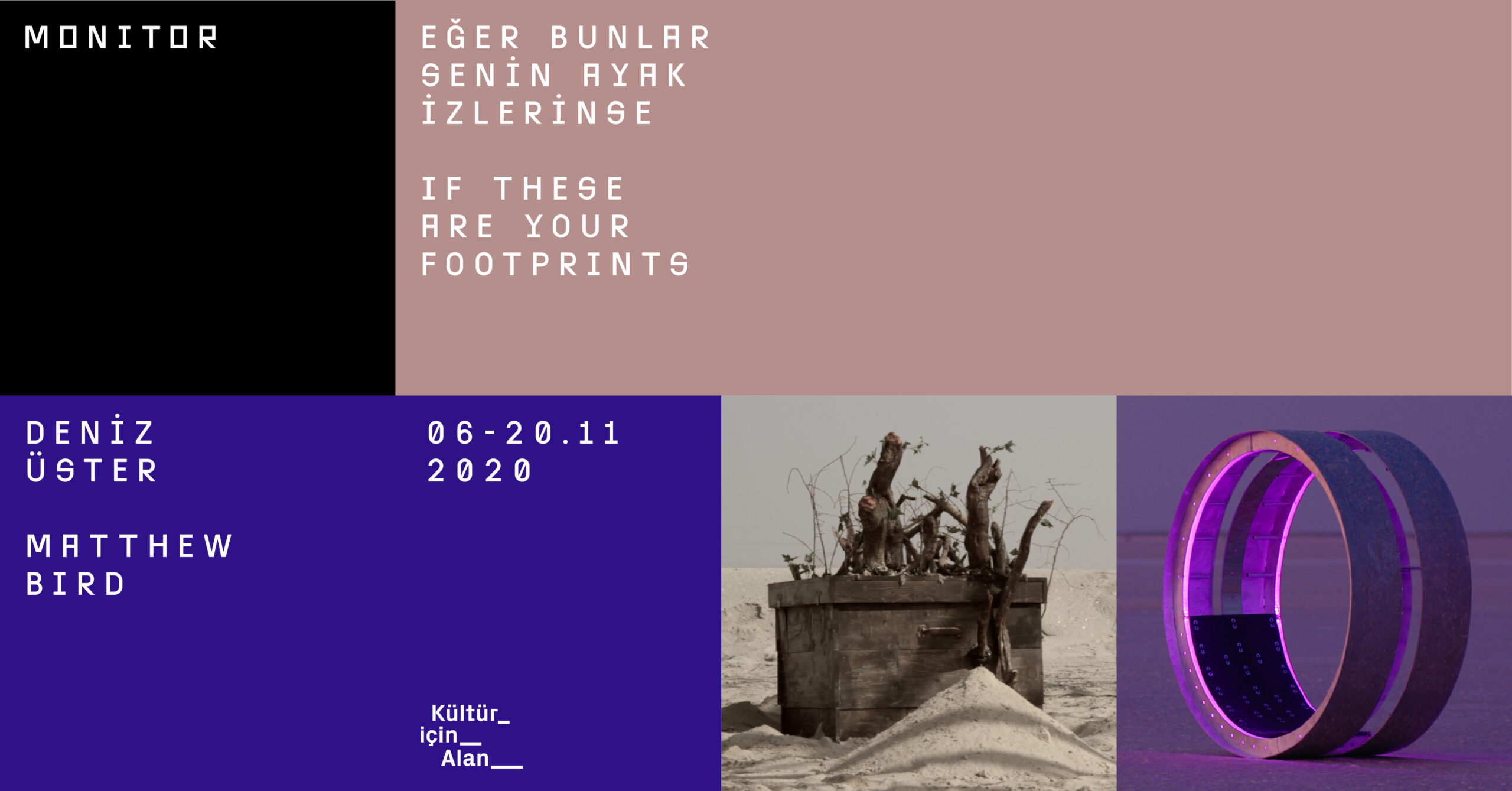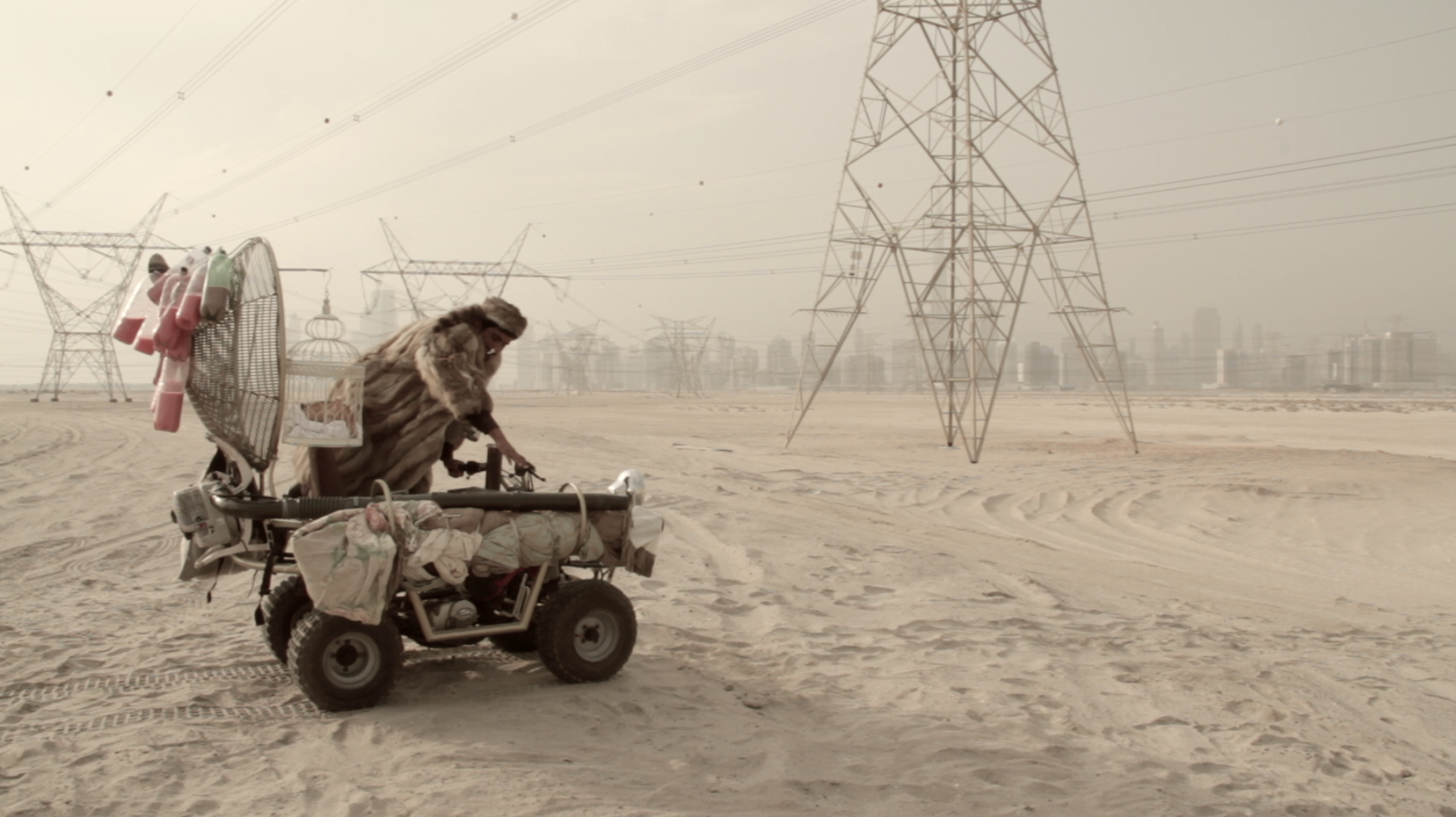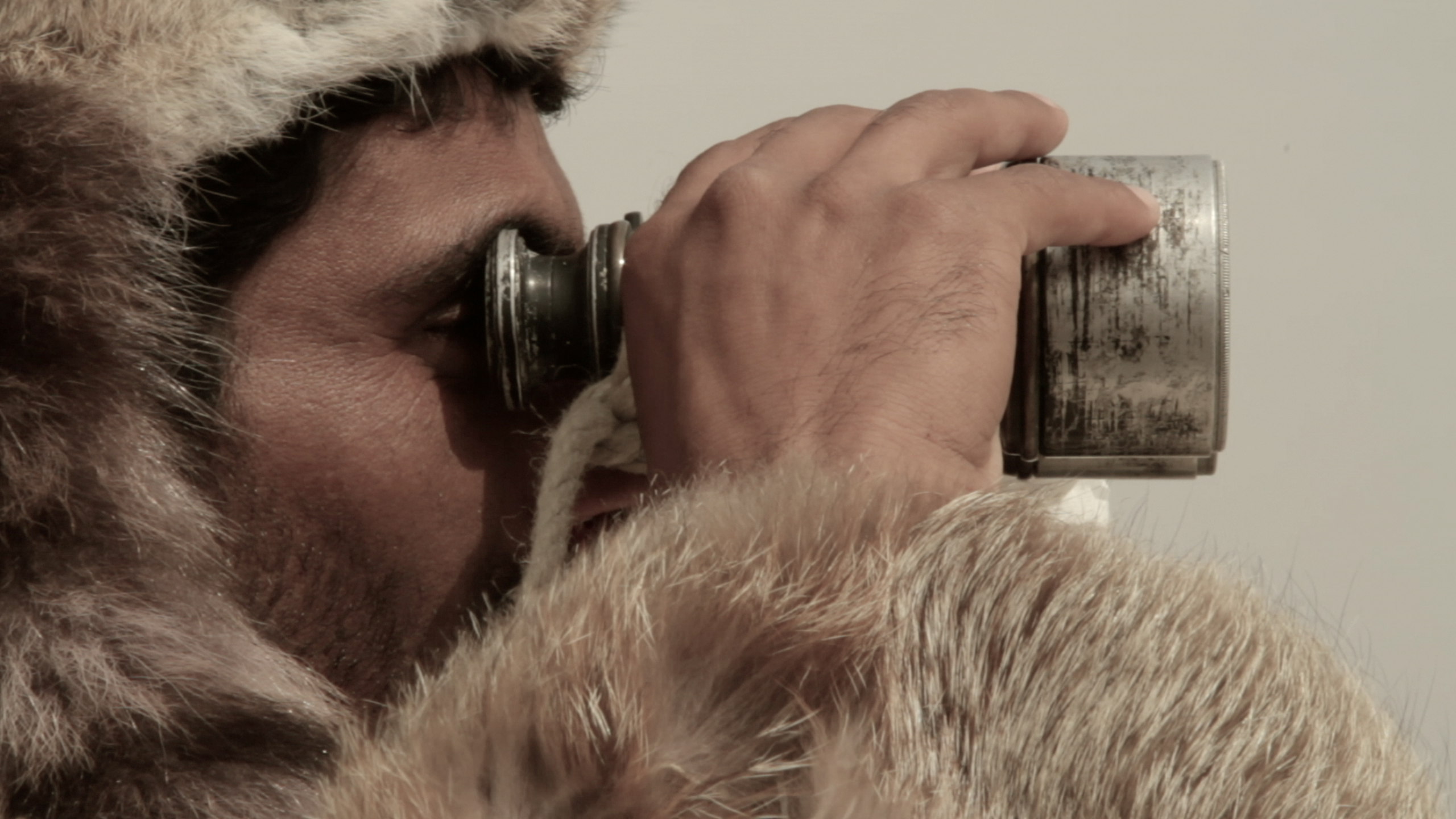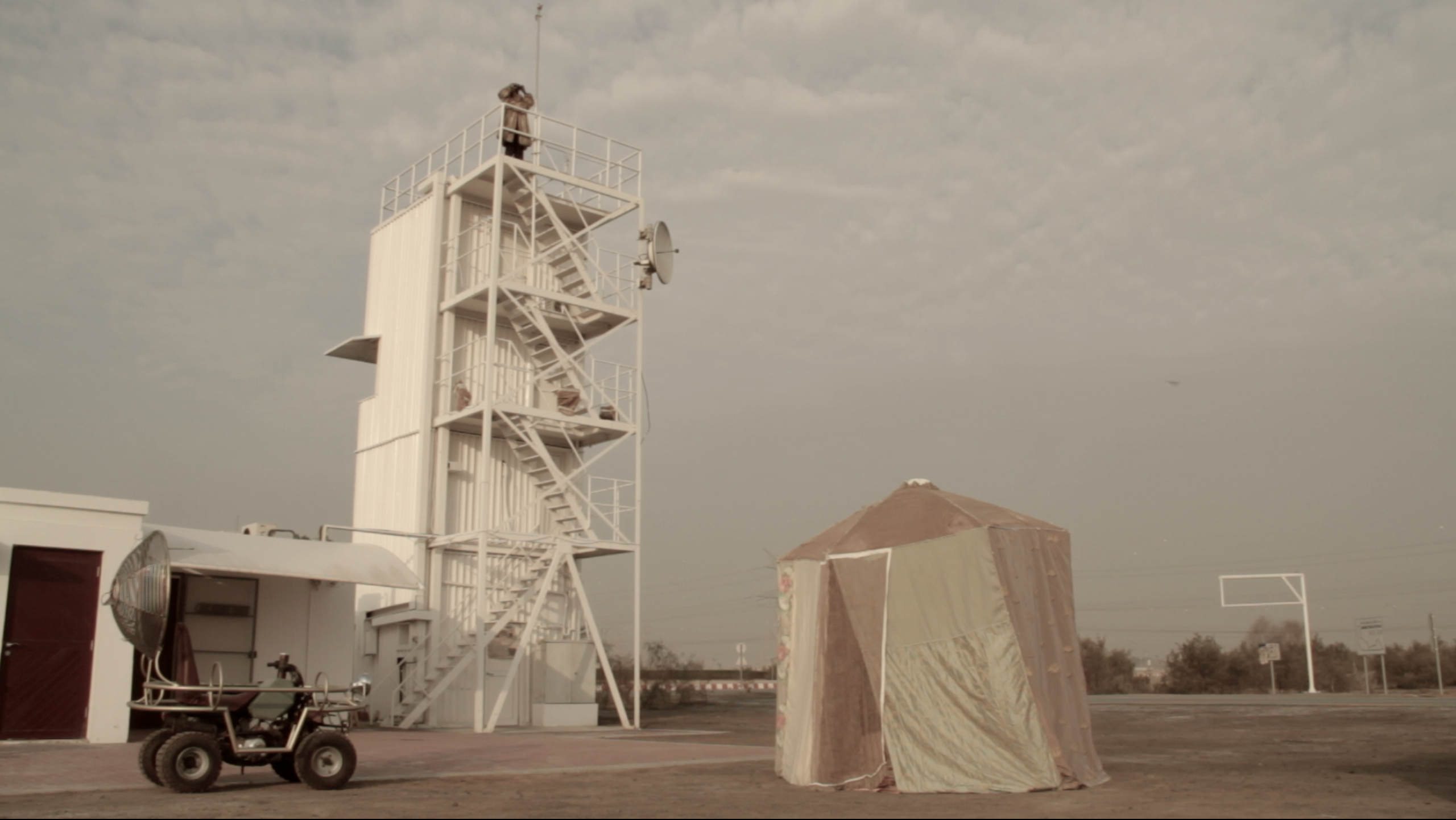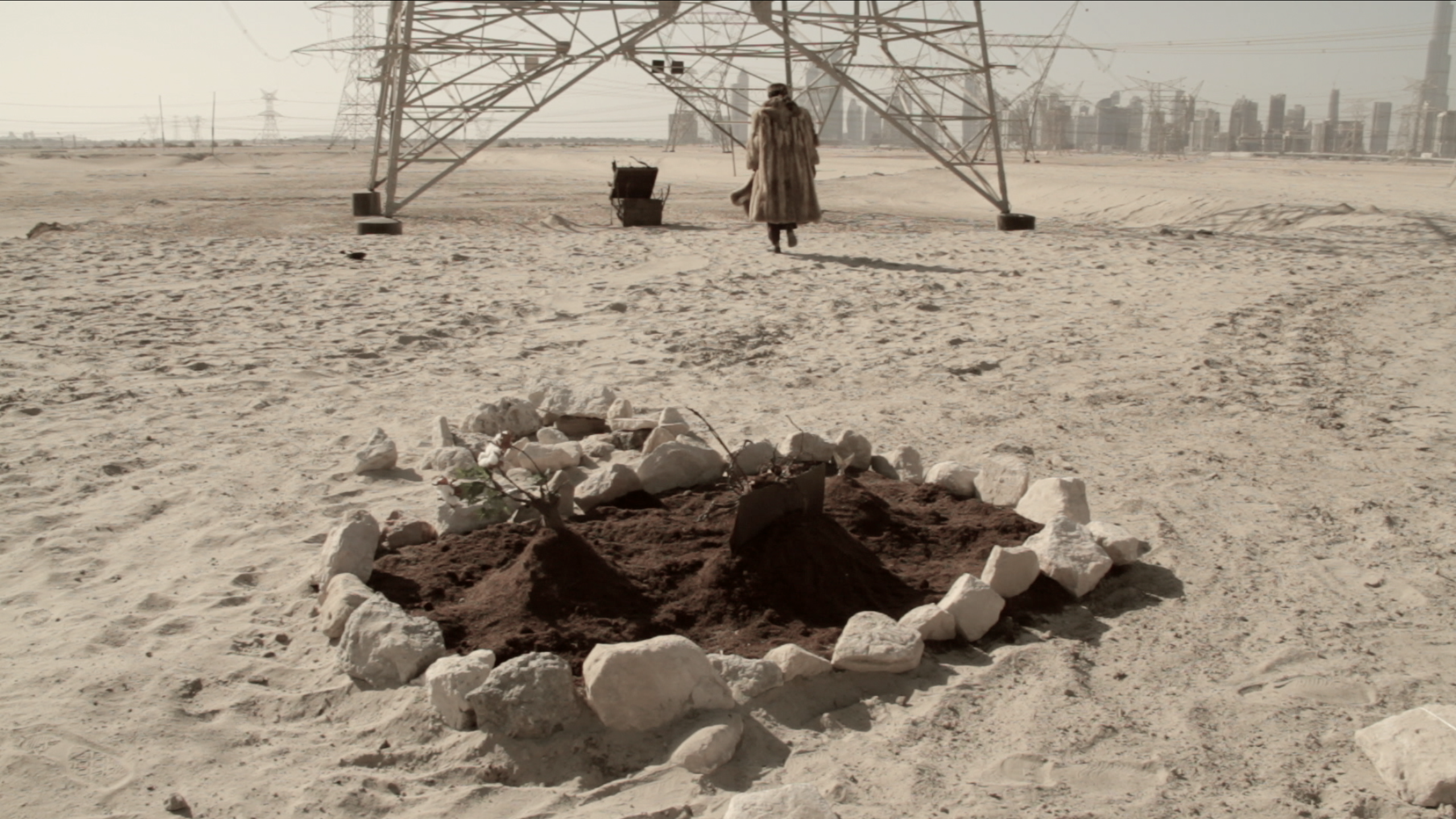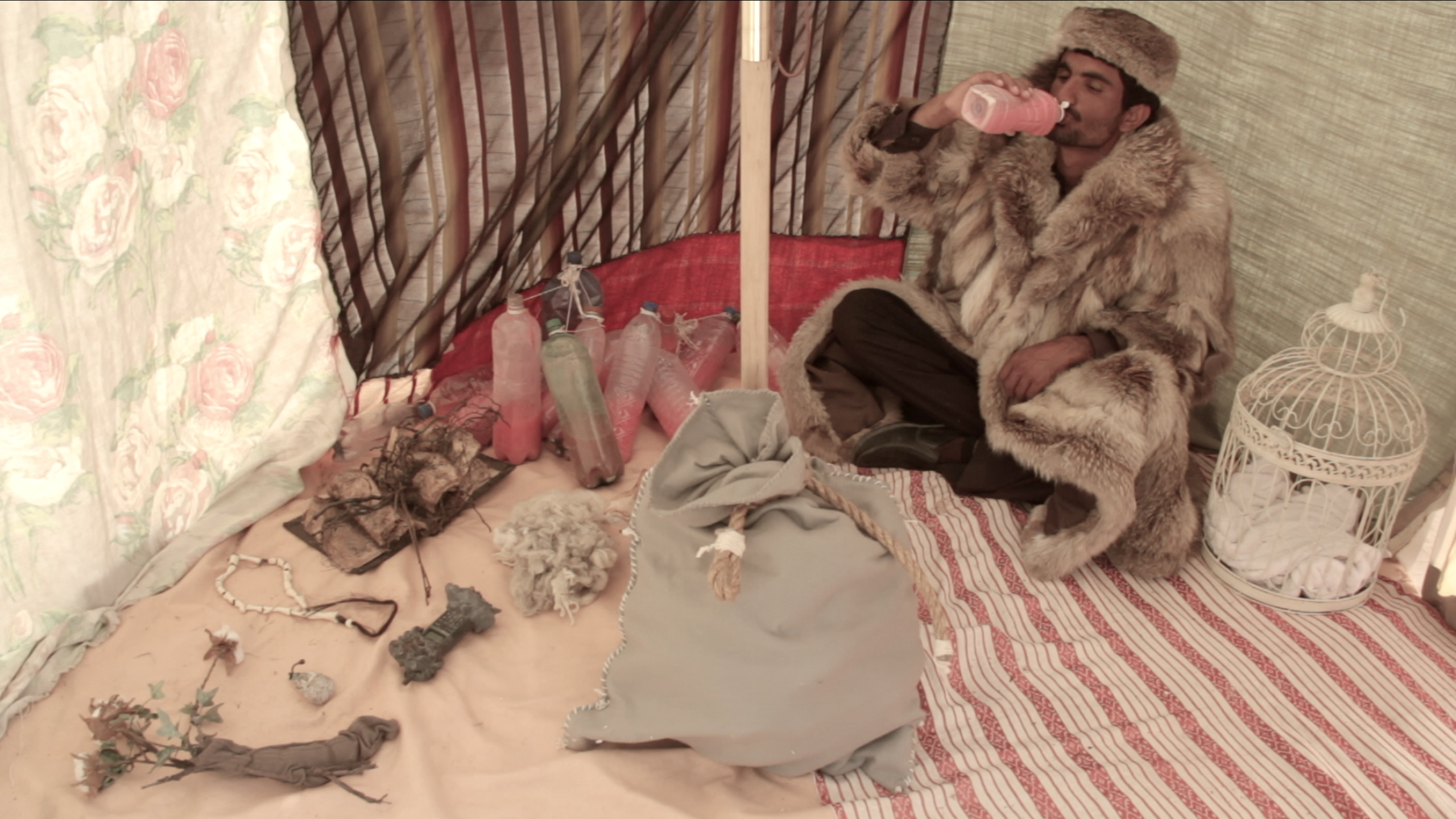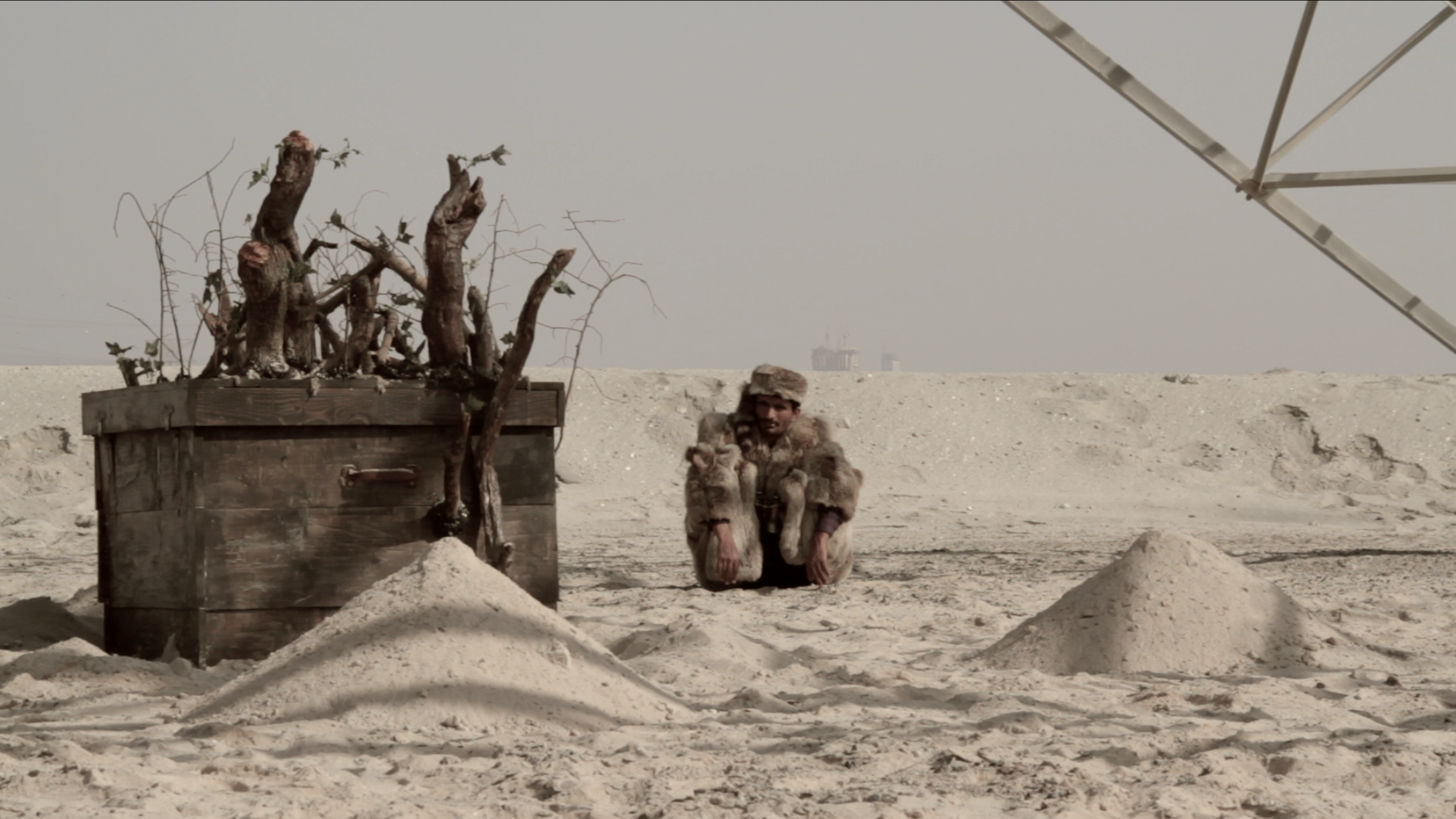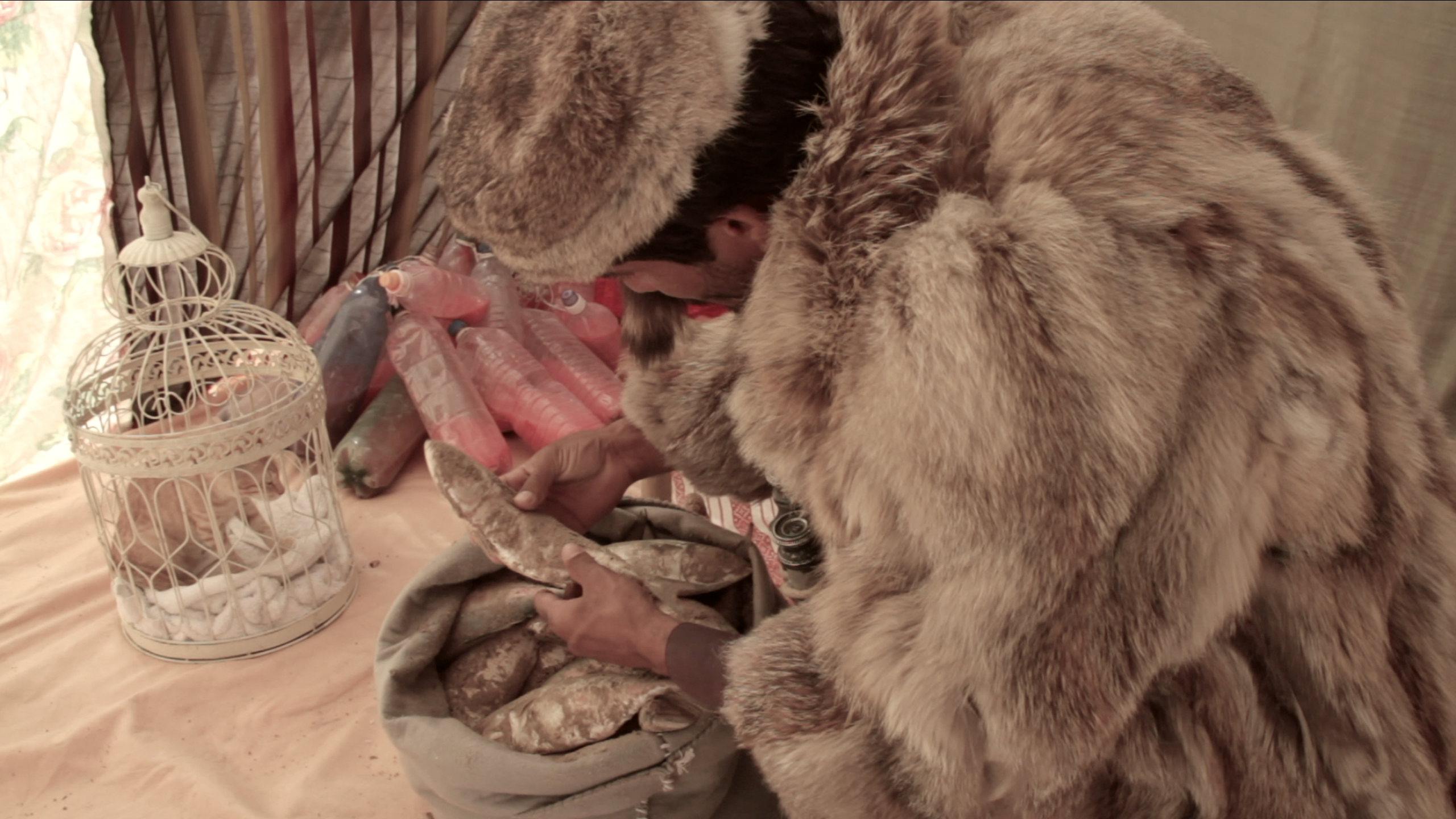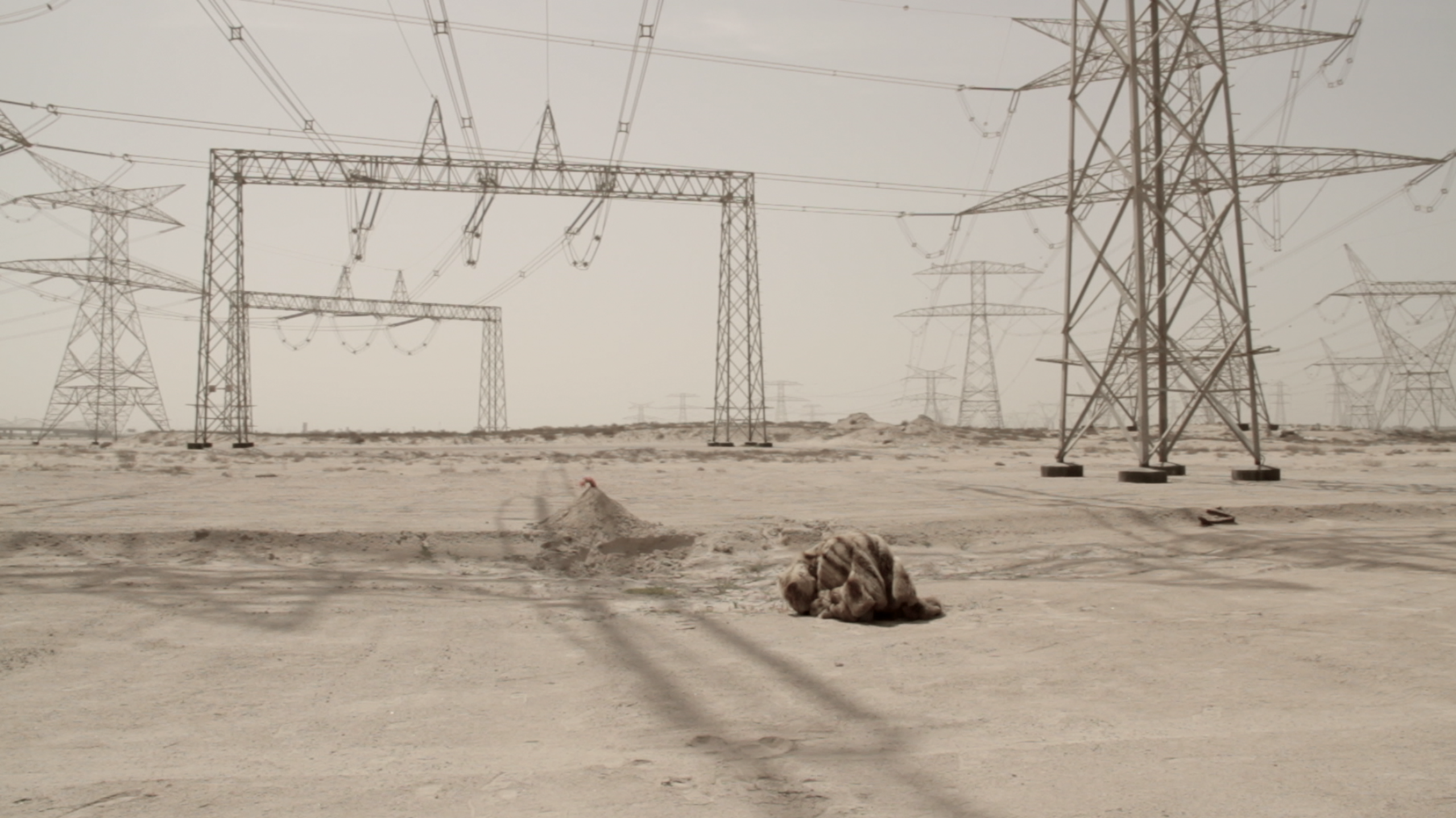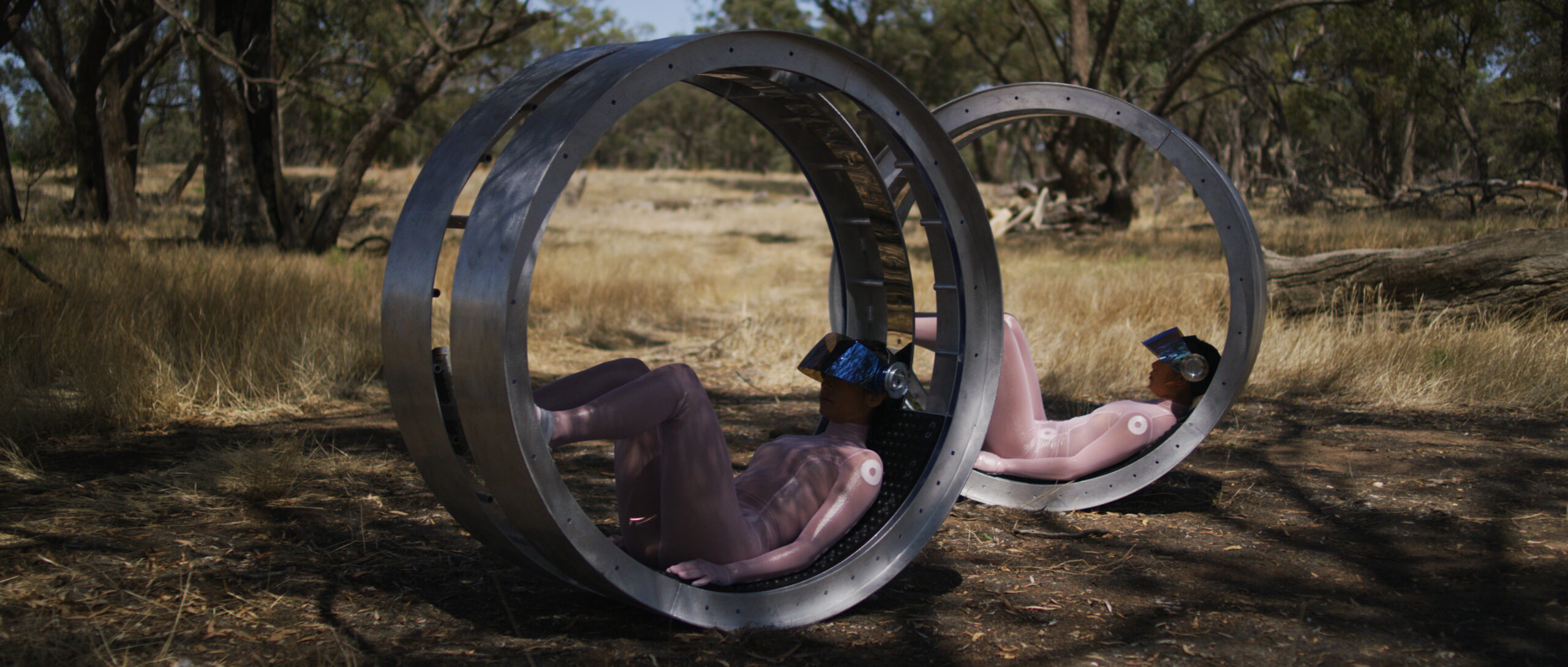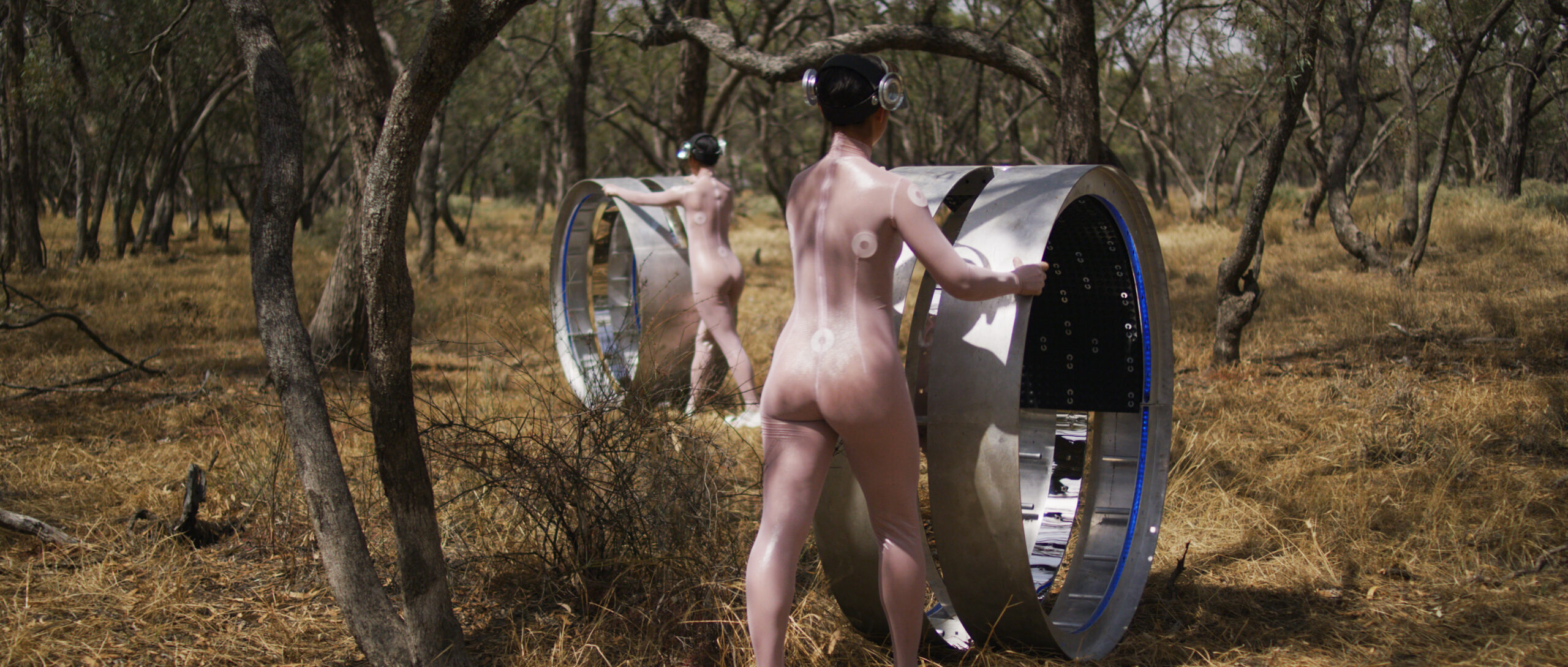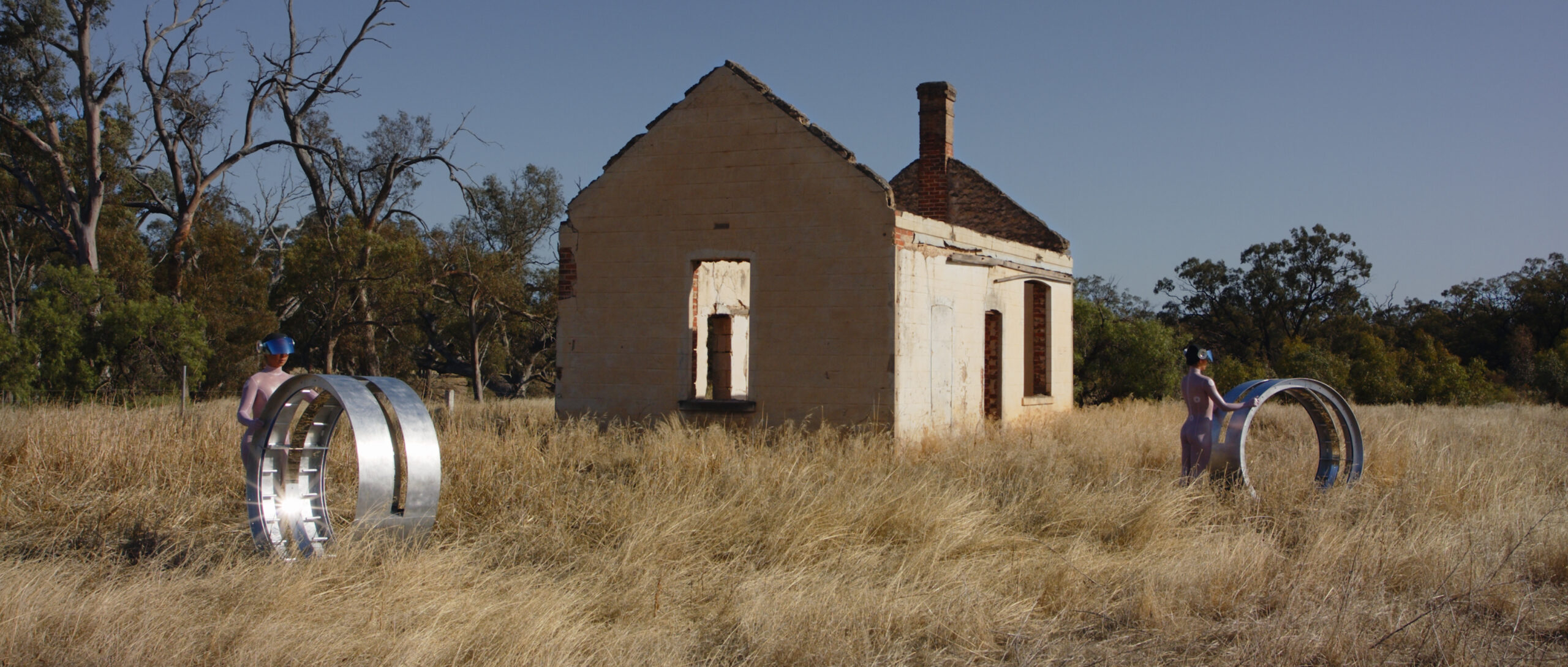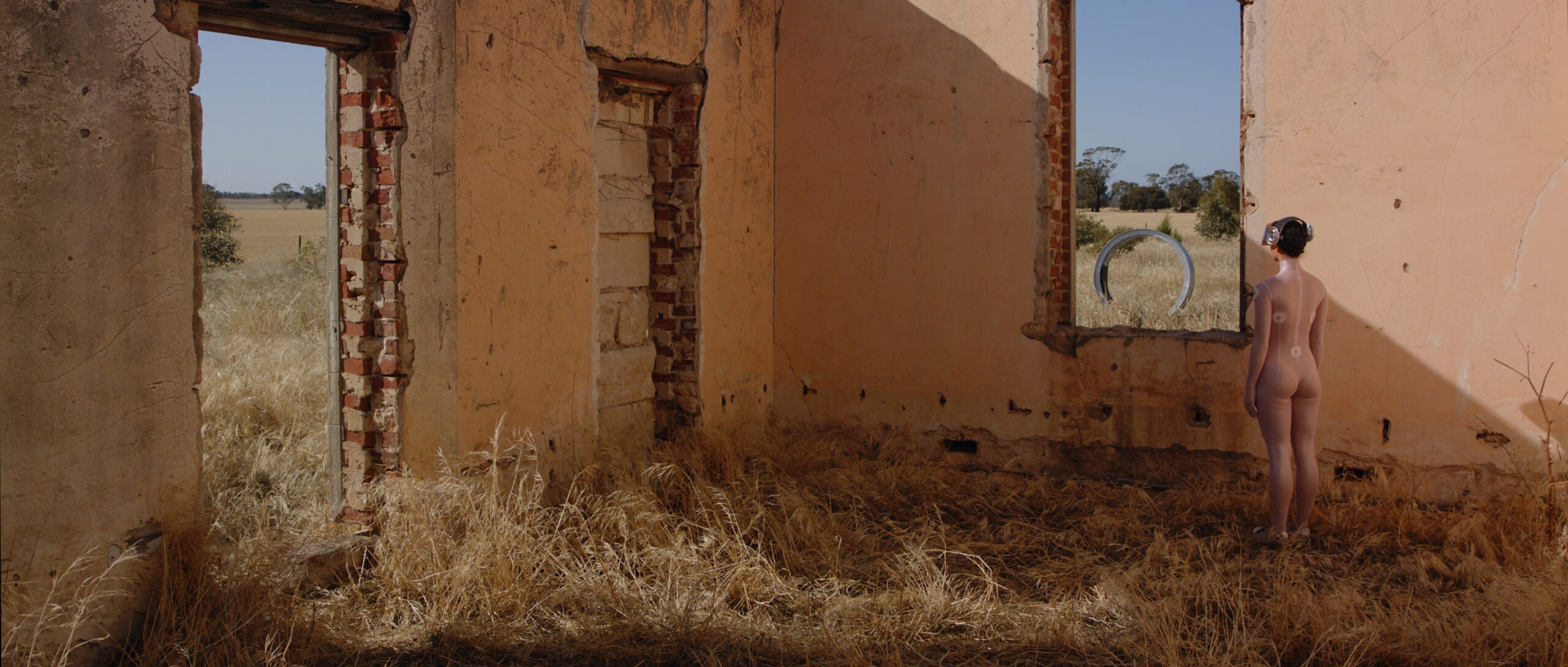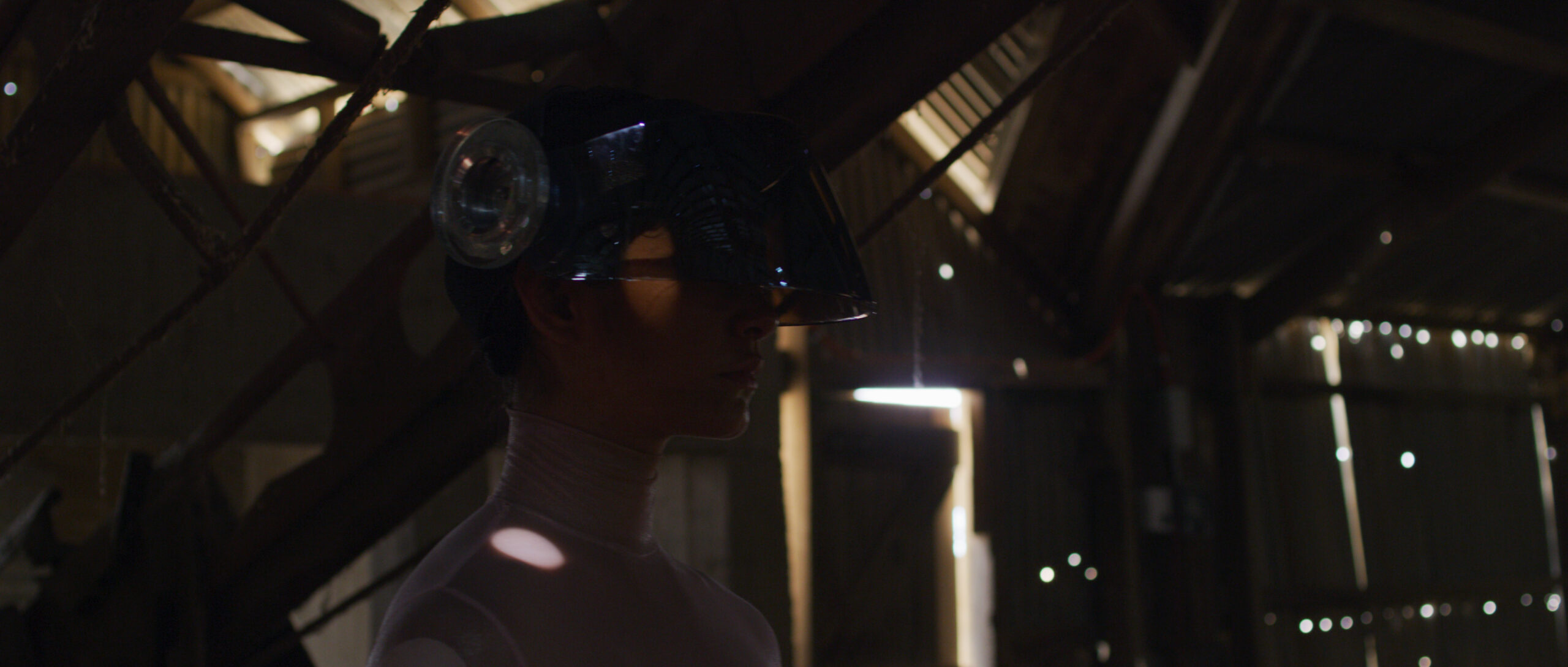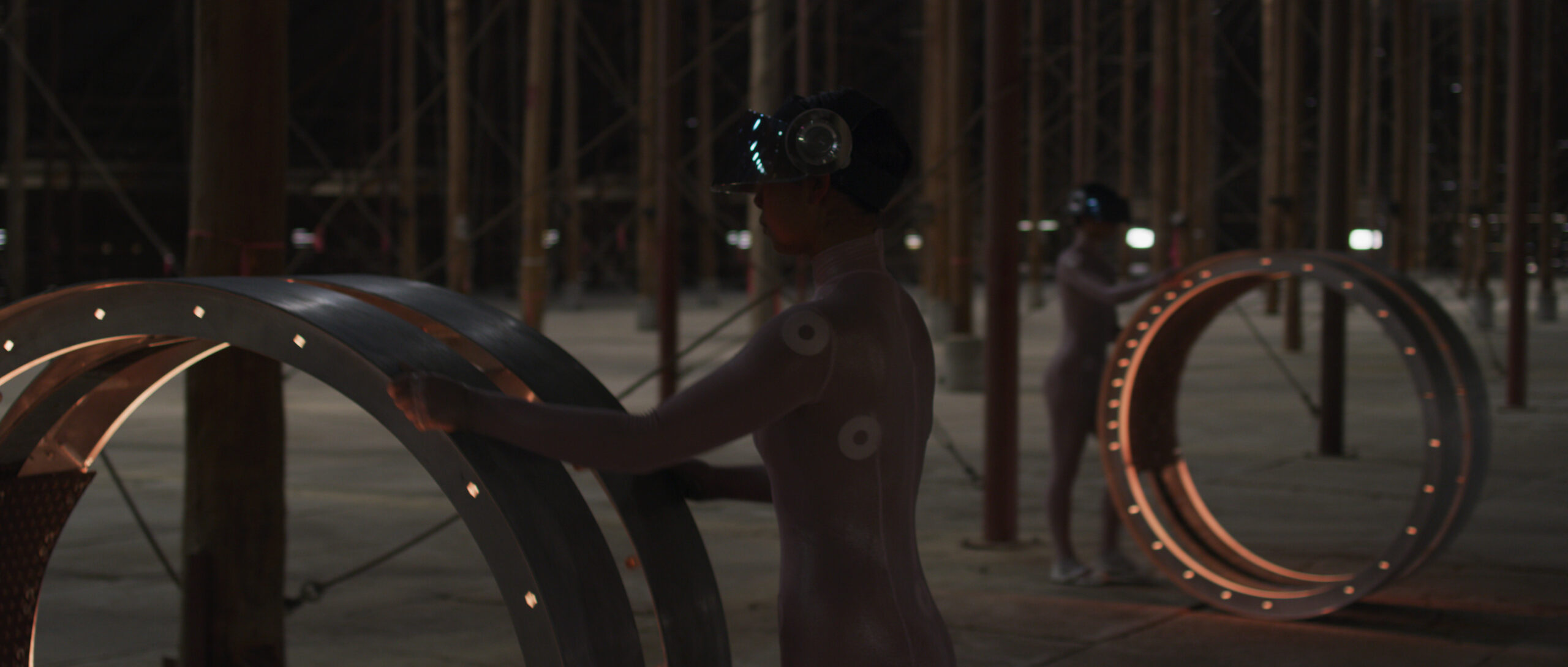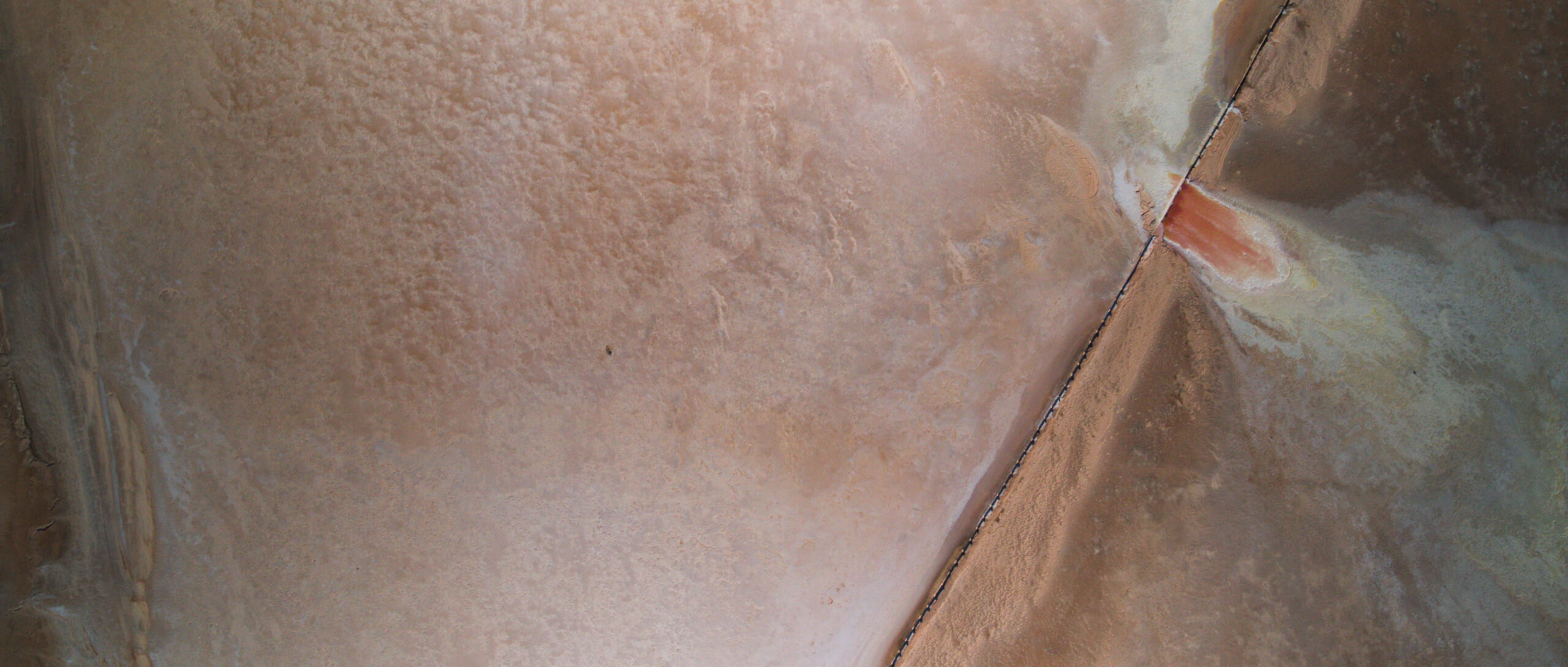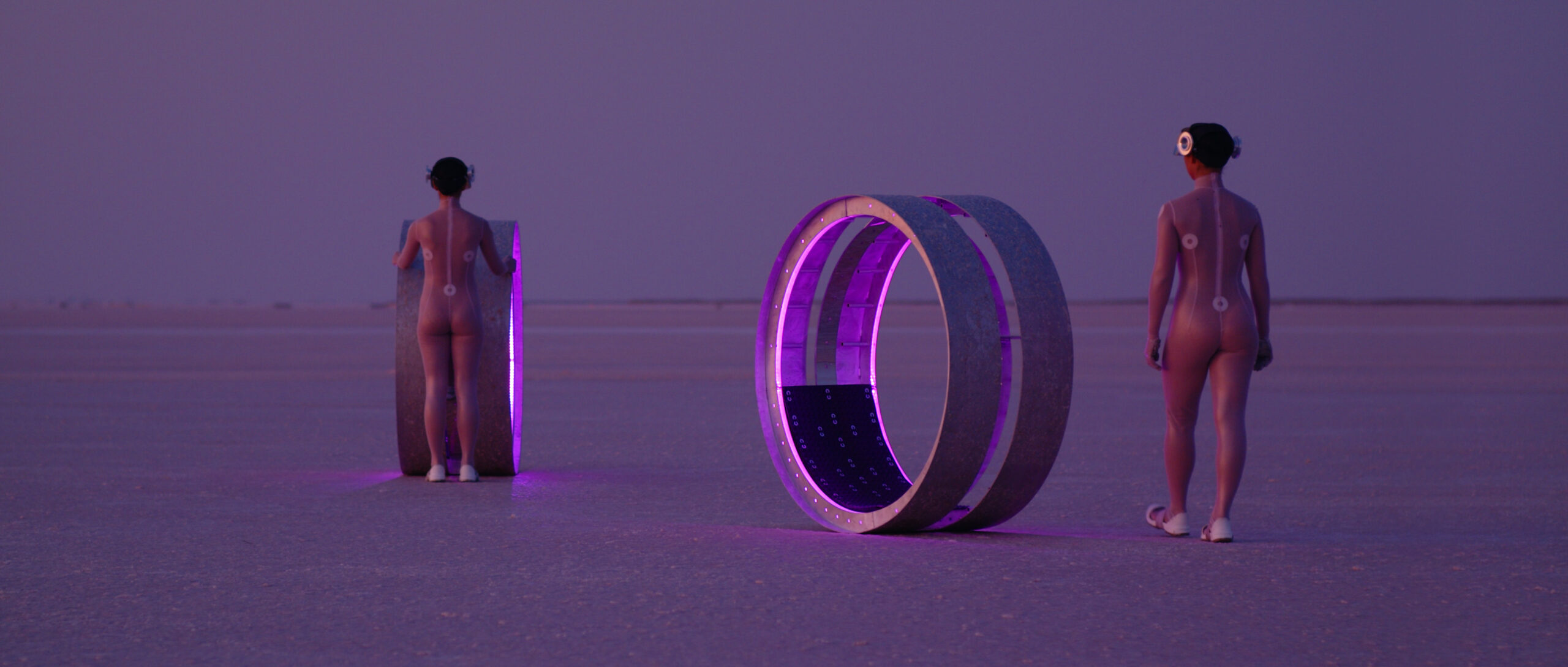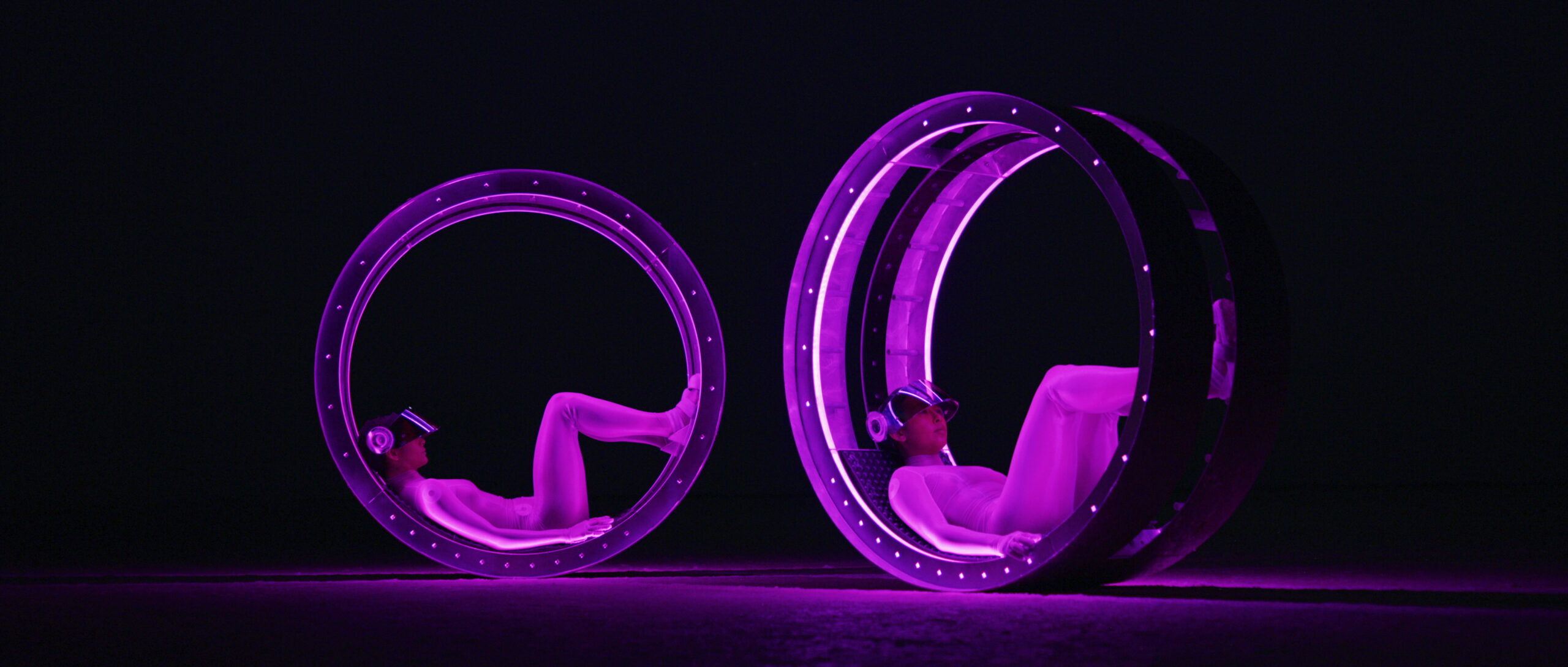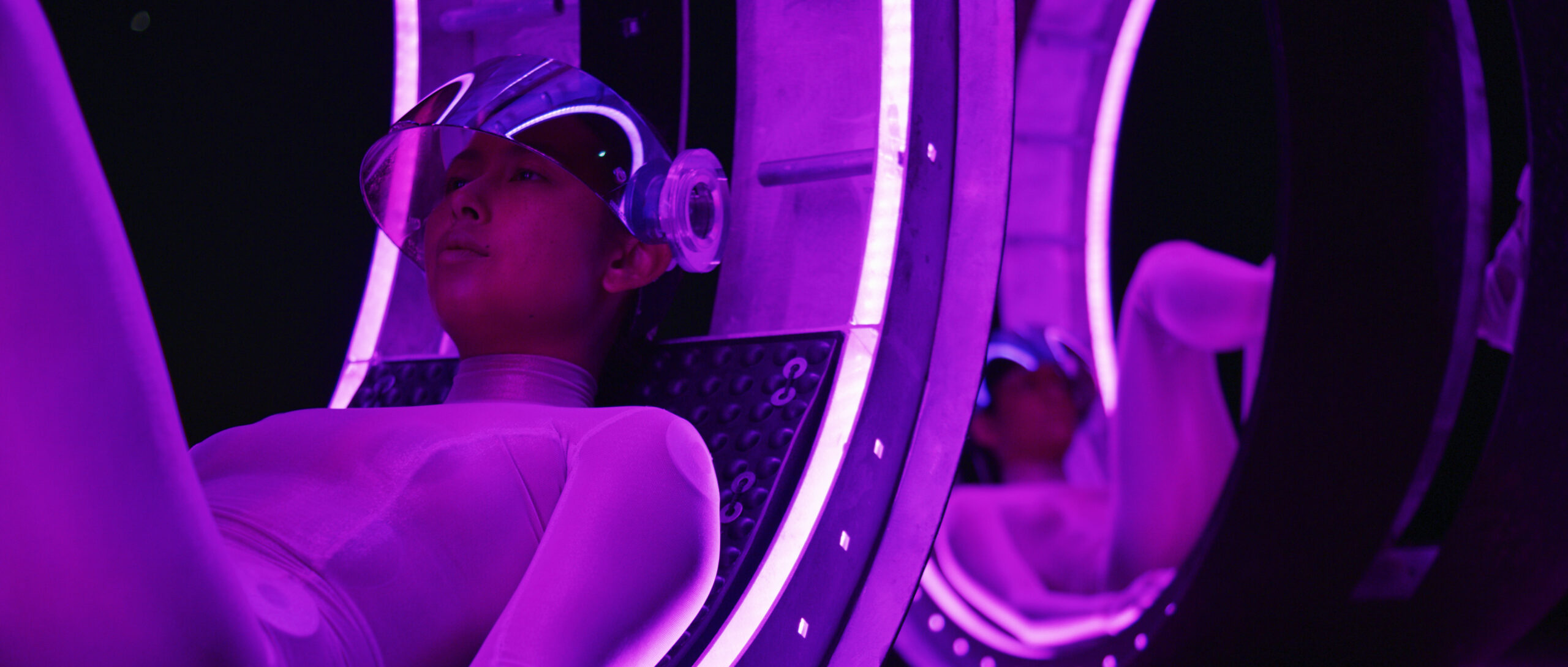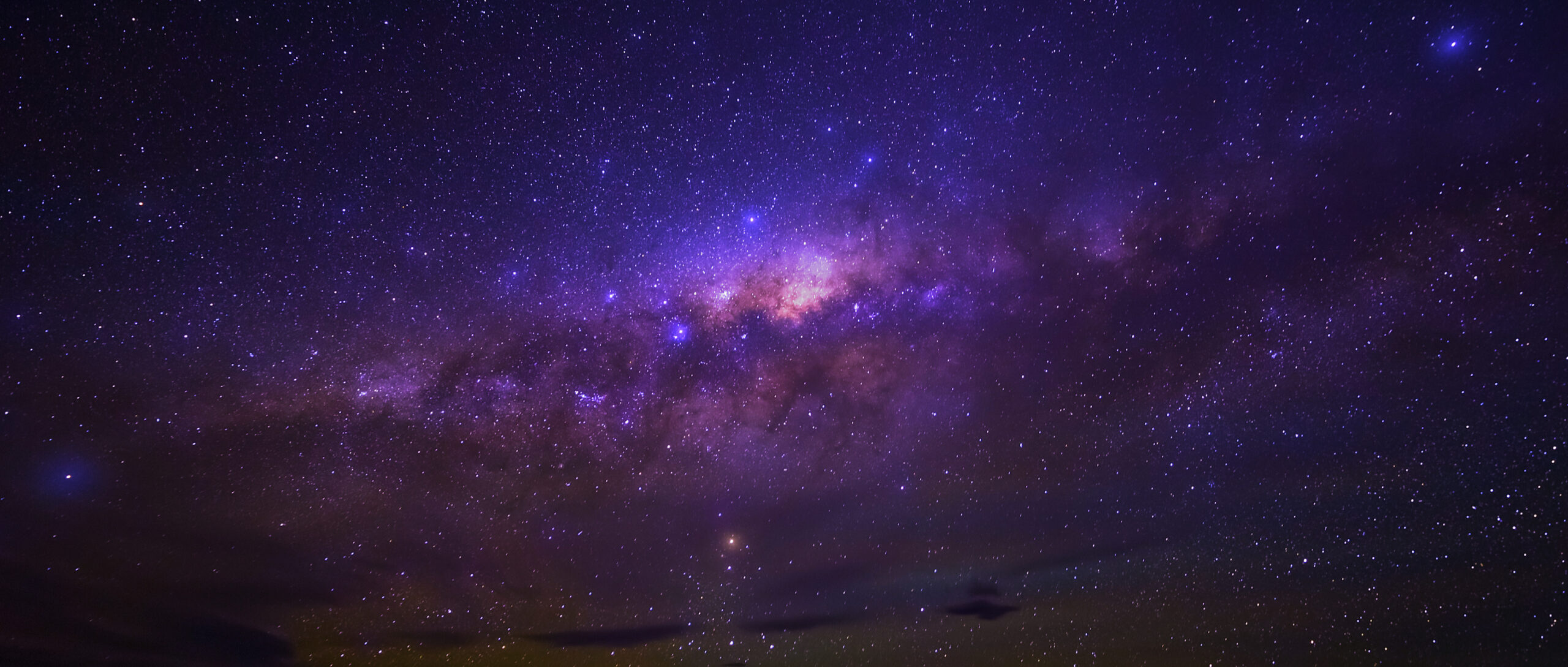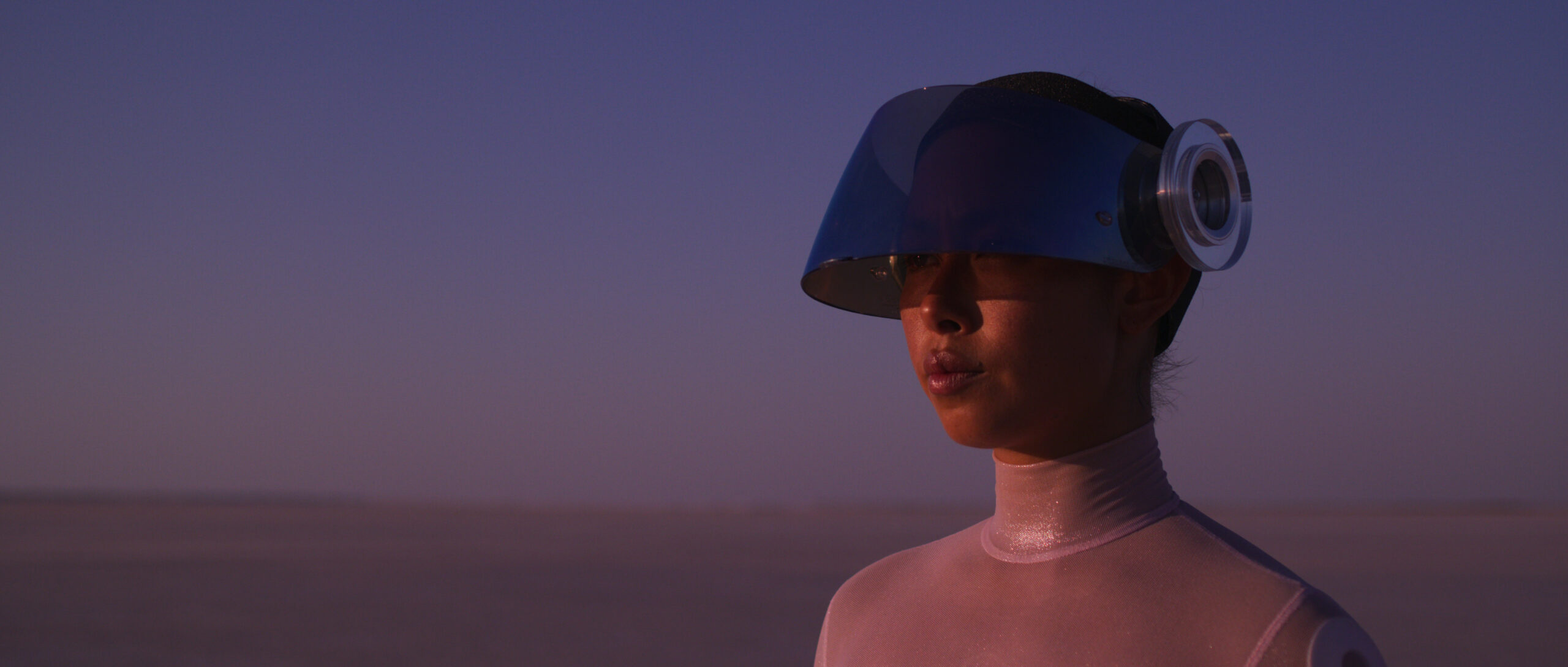Eğer bunlar senin ayak izlerinse
Deniz Üster – Matthew Bird
06-20/11/2020
Kültür için Alan tarafından desteklenen Monitor, “Eğer bunlar senin ayak izlerinse” başlıklı sergisinde Deniz Üster ve Matthew Bird’ü bir araya getiriyor.
“Eğer bunlar senin ayak izlerinse”, en temel sorulardan birine inerek evrenin işleyişini ve insanın hayatta kalabilme koşullarını defalarca katlayan ihtiyaçlarını tekrar düşünme olasılıklarını gündeme getirmeyi amaçlıyor. Her doğan, yaşama devam edebilmek için çeşitli ihtiyaçlarının giderilmesini bekliyor. Her büyüyen ise hayatta kalabilmek için gerekli ihtiyaçlarına yaşamdan keyif almak için gerekli olanları ekliyor. Kendini tamamlanmış hissetmesi için bir insanın kaç parçaya ihtiyacı var? Düşlenen yere varmak için atılması gereken daha kaç adım var? İstenilen ve ihtiyaç dahilinde olanın kişinin yanı başında olma olasılığından bahsetmek mümkün olabilir mi? “Eğer bunlar senin ayak izlerinse”, düşlenenin, kendini daima uzağa yerleştiren varoluşunun, kendi kurgumuzdan ibaret olabileceği konusunda hatırlatıcı olmayı hedefliyor. Acil olarak daha fazlasına ihtiyaç duymak, mutluluğun daha fazlasını, başarının daha fazlasını, gücün daha fazlasını istemek neler olup bittiğine anlam verilemeyen bir boşlukta sadece yaşama tutunma mücadelesinden kaynaklanıyor olabilir mi? Tedhişsiz istekler arkasında enkazlar bırakarak ilerlerken, birlikte varılan yer tam da şu an durulan yer. Bu, gelecek tasvirlerinden yola çıkarak kurgulanmış bir hikâye değil. Yerküre, göçebe gezindiğimiz evrende, olduğumuz boyutta kalabilmek için ısrarlarımızla tükettiğimiz bir alana dönüşmüş durumda. Bir karşılığı olması gerektiğini düşünmeden alınması gerekenden fazlasının alındığı dünyada baştan başlamak mümkün olsaydı, bunun nasıl kurgulanması gerekirdi?
Deniz Üster’in, The Farook Foundation desteğiyle gerçekleştirdiği “Beyond is Before” ismini taşıyan çalışmasında, su ve petrolün artık mevcut olmadığı bir düzen hakim. Dünyada kalabilmeyi başarabilmiş biri, bu düzen içinde yaşamını sürdürebilmek için besin ve yakıt olarak kullanılabilen bir kaynağa sahip. Kıyamet sonrası bir gelecekte, dondurucu soğuğun olduğu Dubai çölünde geçen hikâye, eskiden yerleşim yeri olup kentsel dönüşüme uğrayan Kraliyet topraklarında yer alan Nad Al Sheba’da geçiyor. Hikâyenin kahramanı, içine konan maddeleri hammaddelerine dönüştüren yarı ağaç yarı sandık biçiminde bir kaynak buluyor. Bu kaynak, pamuklu ürünleri liflere, plastikleri ham petrole dönüştüren tersine bir fabrika sistemine sahip. Buradan çıkan ürünler, hikâyedeki karakteri bir bahçe oluşturmaya teşvik ediyor. Yerleşik yaşamın basamağını oluşturan tarım fikri tam da gelişmeye başladığında, sandığın onu çağırmasına engel olamayan adam, parçaların bütüne kavuştuğu yerde, bu kez kendisi sandığa girerek hammaddesine dönüşmek üzere bir yolculuğa çıkıyor.
Matthew Bird’ün 2020’de ürettiği “Parallaxis” isimli çalışmasında, geleceğin hangi diliminden geldiği belli olmayan iki iz sürücünün arkaik nesillerle ilgili araştırma yaptıklarını görüyoruz. Dünyaya ait görünmeyen ikili, ikiz yörüngeler gibi tarlalar boyunca sürdükleri silindirik yapıdaki cihazlarıyla keşfi ve arşivlemeyi aynı anda yapıyorlar. Daha iyi bir düzen için gerekli ihtiyaçları tayin etmeye de yarayan bu silindirik yapılar, genetiğiyle belki de defalarca oynanmış buğday tarlalarından geçerken hafızaya dair ne varsa sistemine işliyor. Savaş ve katliamlar, zamanın popüler kültürü, göç, yok olma, doğum, ölüm ve umut, kaydedilmiş hafızadan bazılarını oluşturuyor. Hafızasının oluşabilmesi için fütüristik cihazlara gereksinim duyacak bir neslin belleği, yıkım kelimesini ortadan kaldıracak türden bir yıkımla dolu olacak. Geçmişi, bugünü ve geleceği ölçen bu alet, ancak esas merkezi bulabildiğinde diğer her şeyle iletişim ağı oluşturabilecek.
“Beyond is Before”da parçaların öze döndüğü yer, “Parallaxis”de aranan ve bulunduğunda her şeyin anlaşılabilir olacağı merkez olabilir mi? Hermann Hesse, en kutsal varlık olarak gördüğü ağaçların, kesildiklerinde yaş halkalarında ve yumrularında mücadeleler, mutluluklar, hastalıklar ve fırtınalarla dolu yıllarının görünür olduğunu söyler ve “ağaçları dinlemeyi öğrenen, ağaç olmayı arzulamaz artık”* der. Hesse’ye göre, hakikate ulaşmak, onlarla konuşabilmeyi öğrenmekten geçer. “Eğer bunlar senin ayak izlerinse”, adımladığımız tüm yolları gözden geçirip mümkün olan başka bir düzene doğru yol almamız gerektiğini hatırlatmayı amaçlayan bir anlatı oluşturmayı ister.
*Hermann Hesse, Ağaçlar, Çev. Zehra Aksu Yılmazer, Kolektif Kitap, Sf. 12, 2018, Istanbul
//
If these are your footprints
Deniz Üster – Matthew Bird
06-20/11/2020
Supported by Spaces of Culture, Monitor brings together Deniz Üster and Matthew Bird in the exhibition titled “If these are your footprints”.
“If these are your footprints” deepens on one of the most fundamental questions and seeks to raise the possibilities of rethinking the functioning of the universe and the needs of human beings that multiply the conditions of human survival. Each of the new-born expects his/her various needs to be met in order to continue living. Each of the growing adds the needs that are necessary to enjoy life to the needs that are necessary to survive. How many pieces does someone need to feel complete? How many more steps need to be taken to reach the dream place? Is it possible to talk about the possibility of having what is desired and needed at one’s elbow? “If these are your footprints” aims to be a reminder of the fact that the existence of what is dreamed that always places itself away, may consist of our own fiction. Could it be that the urgent need for more, wanting more of happiness, more of success, more of power derive from the struggle of holding on to life in an emptiness where what is happening cannot be understood? While the desperate demands move forward leaving wreckage behind, the place arrived together is exactly the place where we stand now. This is not a story built on depictions of the future. The earth has turned into a space that we insistently consume in order to stay in the dimension we stand in the universe that we travel around as nomads. If it were possible to start over in a world where more than necessary was taken without thinking that it should have a response, how should this be constructed?
In Deniz Üster’s work titled “Beyond is Before”, realized with the support of The Farook Foundation, there is an order where water and oil are no longer available. Someone who has managed to stay in the world has a resource that can be used as food and fuel in order to survive in this order. The story set in the freezing desert of Dubai in a post-apocalyptic future takes place in Nad Al Sheba, a formerly inhabited Royal land that has undergone urban transformation. The protagonist of the story finds a resource in the form of a half-tree and halfchest that turns the materials put inside into their raw materials. This resource has a reverse factory system that converts cotton products into fibers and plastics into crude oil. The products that come out from this resource encourage the character in the story to create a garden. When the idea of agriculture, which constitutes the step of settled life, just started to develop, the man who could not prevent the chest from calling him, started a journey where the parts reached the whole, this time himself entering the chest to turn into his raw material.
In Matthew Bird’s work titled “Parallaxis”, which he produced in 2020, we see that two trackers, unclear from which timeframe of future they came, are doing research on archaic generations. The twosome, who do not seem to be belonging to the earth, are doing exploration and archiving at the same time with their cylindrical devices that they drive along fields like twin orbits. These cylindrical structures, which are also useful in determining the needs for a better order, record in their system whatever memory is involved, as they pass through wheat fields that have been genetically modified, perhaps repeatedly. War and massacres, the popular culture of the time, migration, extinction, birth, death and hope make up some of the recorded memory. The memory of a generation that will need futuristic devices for its formation will be filled with the kind of destruction that eliminates the word destruction. This instrument, which measures the past, present and future, will only be able to establish a communication network with everything else when it can find the main center.
Could the place, where the pieces return to their essence in “Beyond is Before”, be the center that is sought and where everything will be understandable once found in “Parallaxis”?
Hermann Hesse says that when the trees, which he regards as the most sacred being, are cut down, years full of struggles, happiness, diseases and storms become visible in their age rings and burls; “s/he who learns to listen to trees does not desire to be a tree anymore”* says Hesse. According to Hesse, reaching the truth is only possible through learning how to speak to trees. “If these are your footprints” wants to create a narrative that aims to remind that we need to review all the paths we have paced and move on to another order possible.
*Hermann Hesse, Trees – Ağaçlar, Translated by Zehra Aksu Yılmazer, Kolektif Kitap, p. 12, 2018, Istanbul
